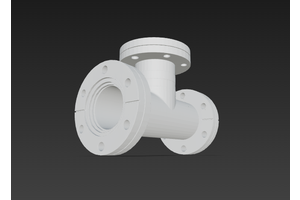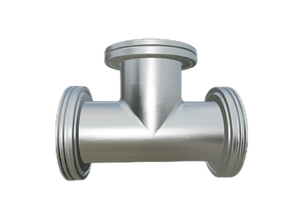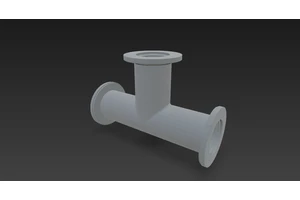Meaning and Characteristics of Vacuum
In the realm of vacuum science, vacuum refers to a gas state within a given space that is below one atmospheric pressure. This rarefied gas state is commonly referred to as a vacuum condition. Compared to the atmospheric conditions essential for human survival, this specific vacuum state has several fundamental characteristics:
Pressure Differential: In a vacuum state, the gas pressure is lower than one atmospheric pressure. Consequently, all vacuum containers on the Earth's surface are subjected to atmospheric pressure, with the magnitude of this force determined by the pressure difference between the interior and exterior of the container. Given that one atmospheric pressure on the Earth's surface is approximately 10135 N/m², if the internal pressure of a container is very low, it will experience an external pressure close to one atmospheric pressure. The force per unit area at different pressures is illustrated in Table 1.
Gas Molecular Density: Due to the thinness of gases in a vacuum, the number of gas molecules per unit volume—or molecular density—is less than under atmospheric pressure. As a result, collisions between molecules, between molecules and other particles (such as electrons or ions), and between molecules and various surfaces (like vessel walls) occur less frequently, increasing the mean free path of gas molecules. Table 2 provides the relationship between atmospheric molecular mean free path and atmospheric pressure at room temperature.
Table 1: Force per Unit Area at Different Pressures
Pressure (Pa) Force (kg/cm²) 10^5 1.03328 5 × 10^4 0.679755 3 × 10^4 0.407853 1 × 10^4 0.135951 5 × 10^3 0.0679755 1 × 10^3 0.0135951 5 × 10^2 0.00679755 1 × 10^2 0.00135951 Table 2: Relationship Between Atmospheric Molecular Mean Free Path and Atmospheric Pressure at Room Temperature
Atmospheric Pressure (Pa) Mean Free Path (cm) 10^5 6.5 × 10^-6 10^3 5 × 10^-4 10^2 5 × 10^-3 1 5 1 × 10^-3 5 × 10^2 1 × 10^-6 5 × 10^5 1 × 10^-9 5 × 10^8 Component Reduction: In a vacuum state, due to the decreased molecular density, the content of gases such as oxygen and hydrogen—constituents of the atmosphere, including water vapor—is also relatively reduced. Table 3 outlines the composition of standard atmosphere.
Table 3: Composition of Standard Atmosphere
Component Molecular Weight Volume Percentage Weight Percentage Partial Pressure (Torr) N₂ 28.0134 78.084% 75.520% 593.44 O₂ 31.9988 20.948% 23.142% 159.20 Ar 39.984 0.934% 1.288% 7.10 CO₂ 44.00995 0.0314% 0.048% 0.24 Others Varies Varies Varies Varies
These characteristics of vacuum have been harnessed in numerous production processes and scientific experiments, as we will detail in the following sections. These applications leverage the unique properties of vacuums to achieve specific objectives across various industries, from manufacturing to research.





